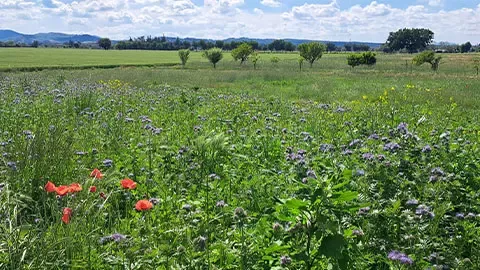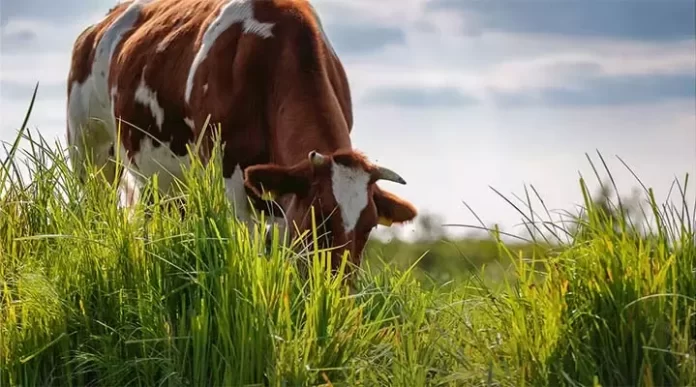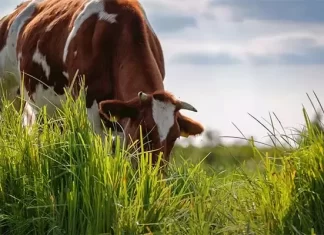By Ishaya Ibrahim
A slogan is an attention-grabbing statement skillfully crafted to promote a brand or product. In some cases, the slogan hardly conveys a company’s character. But in the case of Nestle, the slogan: ‘Good Food, Good Life,’ aligns with the company’s ethos. Those ethos are shown in its 2050 net-zero goal, with a 2030 milestone to reduce half its contribution to greenhouse gas emissions.
Net-zero emissions describe a state where all emissions released by human activities are counterbalanced by removing carbon from the atmosphere in a process known as carbon removal.

Nestle’s net-zero goal shows a plan to reduce greenhouse gas emissions across all its activities by 20% in 2025, 50% in 2030, and reach net-zero at the latest by 2050.
Nestle is one of Nigeria’s biggest agro-industries with its 2023 revenue reaching N547 billion. Ignoring sustainability will boost its revenue in the short term but leave the world with a bleak future in the long run. And like John Maynard Keynes said in his 1923 work A Tract on Monetary Reform, ‘In the long run, we are all dead.’
Addressing greenhouse gas emissions has never been more urgent. Greenhouse gas emissions lead to the greenhouse effect that causes disruptions in rainfall patterns and rise in average temperatures. This eventually leads to heat waves and flooding.
The Food and Agriculture Organisation estimates that the global food systems account for more than one-third of global greenhouse gas emissions. This UN specialized arm added that some two-thirds of the emissions from global food systems come from the land-based sector, comprising agriculture, land use and land use changes.
Nestle’s promotion of climate-smart-agriculture by sourcing raw materials from farmers who engage in regenerative agriculture appears to be having positive impact on sustainable agriculture.

Climate-smart agriculture is an integrated approach to managing landscapes—cropland, livestock, forests and fisheries which addresses the interlinked challenges of food security and climate change.
According to data obtained on the website of Nestle, in 2016, 81.1% of the company’s total dairy volume was purchased and sourced from farmers who practice sustainable agriculture. Also, 81.1% of the dairy volume purchased, was traceable to 306 000 of the dairy farmers from whom they were sourced. By 2024, the data could be better imagined.
The company says about its climate-smart agriculture, “We are supporting farmers and food producers to be part of this transformation by scaling regenerative agriculture, aiming to improve soil health, sequester carbon, support food security, restore water resources and enable biodiversity.”
Nestle’s contribution to the global fight against climate change is not only pragmatic but transparent. On its website, its net-zero emissions Roadmap and milestones set for each stage are advertised for all to see and assess whether its slogan of Good Food, Good Life, is justified.














